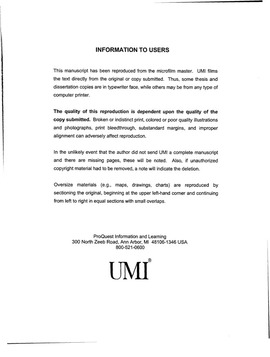| dc.contributor.advisor | Nicholas, Kenneth M., | en_US |
| dc.contributor.author | Franks, Russell James. | en_US |
| dc.date.accessioned | 2013-08-16T12:18:48Z | |
| dc.date.available | 2013-08-16T12:18:48Z | |
| dc.date.issued | 2002 | en_US |
| dc.identifier.uri | https://hdl.handle.net/11244/524 | |
| dc.description.abstract | Allyltins and allyl chloride are carboxylatively coupled under high carbon dioxide pressures in the presence of Pd(0) or Pd(II) catalyst. The effects of various Group 10 metal catalysts, phosphine ligands, and other, non-allylic substrates on the yield of the reaction are also studied. The mechanism of the reaction was studied using high-pressure NMR techniques and preparative-scale isolation of reactive intermediates. From the mechanistic studies, a catalytic mechanism for the reaction is proposed and discussed. The reaction is only successful for allylic substrates. The allyl group possesses special amphiphilic reactivity characteristics that enable allyl-palladium complexes to react with carbon dioxide. Carboxylations using organozinc and copper complexes were also attempted, but were unsuccessful. | en_US |
| dc.format.extent | xvi, 202 leaves : | en_US |
| dc.subject | Carbon dioxide. | en_US |
| dc.subject | Greenhouse gases. | en_US |
| dc.subject | Allyl chloride. | en_US |
| dc.subject | Chemistry, Organic. | en_US |
| dc.title | Palladium-catalyzed carboxylative coupling reactions of allyltributylstannanes and allyl chloride. | en_US |
| dc.type | Thesis | en_US |
| dc.thesis.degree | Ph.D. | en_US |
| dc.thesis.degreeDiscipline | Department of Chemistry and Biochemistry | en_US |
| dc.note | Source: Dissertation Abstracts International, Volume: 63-11, Section: B, page: 5247. | en_US |
| dc.note | Adviser: Kenneth M. Nicholas. | en_US |
| ou.identifier | (UMI)AAI3070629 | en_US |
| ou.group | College of Arts and Sciences::Department of Chemistry and Biochemistry | |
